1. Levi’s Jeans
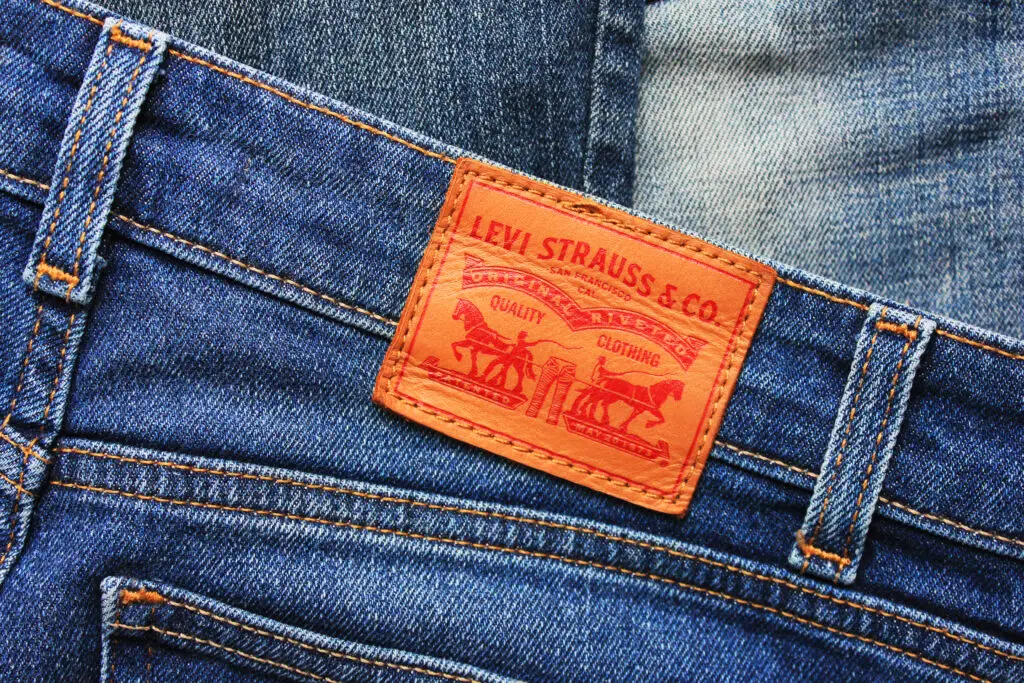
There’s just something about slipping into a pair of Levi’s that makes you feel like you’re ready to take on the world. Originally made for gold miners in the 1800s, Levi’s became the denim of choice for cowboys, rebels, rock stars—and eventually, people across the globe. By the time the ’50s rolled around, they were more than workwear—they were a statement. When Marlon Brando and James Dean started sporting them on the big screen, Levi’s became the uniform of cool shares HISTORY.
International markets caught on fast. In Japan, vintage Levi’s are treated like treasure, with some rare pairs fetching thousands. In Russia and parts of Eastern Europe during the Cold War, they were smuggled in like contraband. Levi’s didn’t just travel—they sparked a denim revolution adds MSN.
2. Coca-Cola
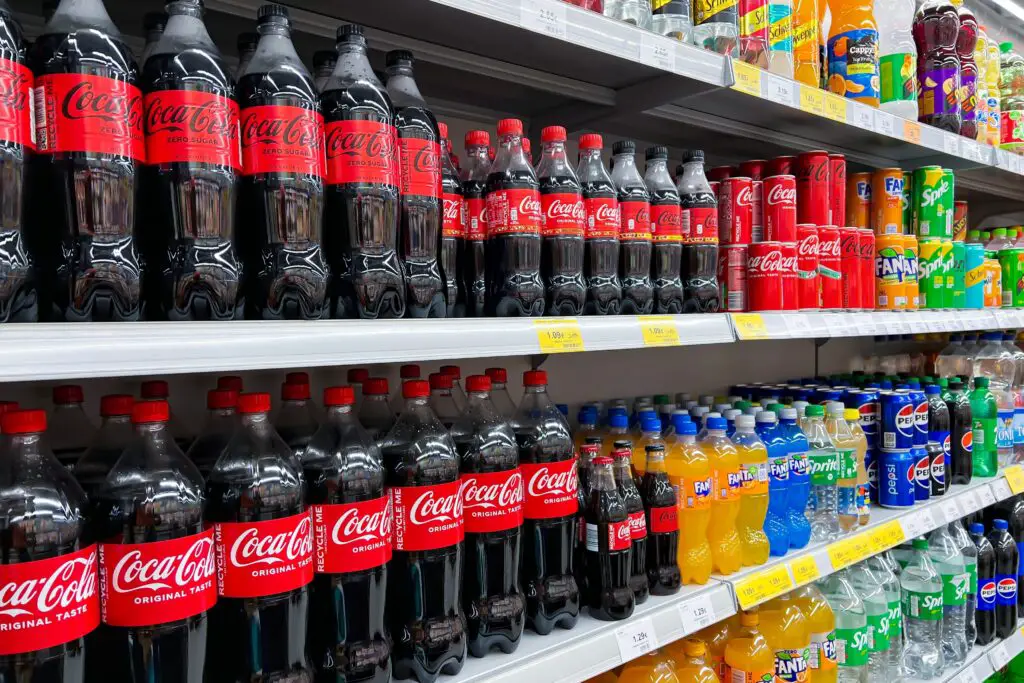
Coca-Cola was more than a drink—it was a piece of Americana in a bottle. Born in Georgia in 1886, it became a staple across the U.S., but its global takeover was something else entirely. The company pushed hard to get it into the hands of soldiers during WWII, which helped cement its international presence. Soon, it was on shelves in nearly every corner of the world says ReMIND Magazine.
People abroad saw Coke as a symbol of freedom and modernity. In some countries, having a Coke was a luxury. Others tried to imitate it, but nothing ever tasted quite the same. Even today, a red can of Coke feels like a sip of nostalgia shares Wikipedia.
3. Barbie
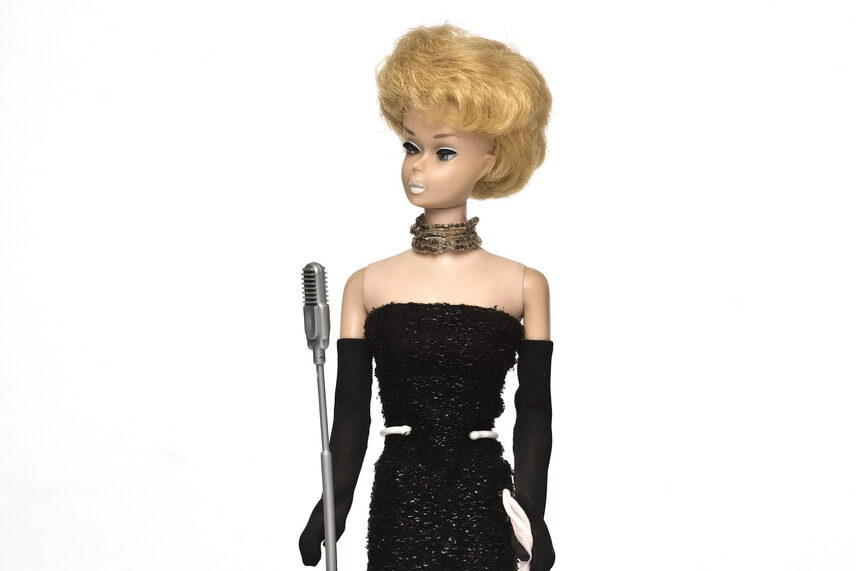
Barbie wasn’t just a doll—she was a cultural phenomenon. Created in 1959, she gave American girls a new kind of role model, one that could be anything from a fashion model to an astronaut. But it didn’t take long for Barbie to cross borders. By the ’70s, she had become a global icon, with different outfits and accessories tailored to various cultures.
She sparked just as much conversation overseas as she did in the States. Some countries embraced her for promoting independence and ambition. Others criticized her unrealistic proportions. Still, she remained a bestseller almost everywhere she went, influencing how girls around the world saw themselves.
4. McDonald’s

It started as a small burger joint in California, but McDonald’s became the blueprint for fast food as we know it. Once Ray Kroc got involved in the ’50s, it turned into a franchising machine. When the Golden Arches went international in the ’60s and ’70s, they didn’t just bring burgers—they brought American culture. Suddenly, kids in Tokyo and Paris were eating Happy Meals and collecting toys.
Some countries tailored the menu to local tastes—think teriyaki burgers in Japan or McSpaghetti in the Philippines. But the core experience stayed the same. It became a place for first dates, family dinners, and teenage hangouts across the globe. Whether loved or loathed, it made an impression everywhere it went.
5. Elvis Presley Records
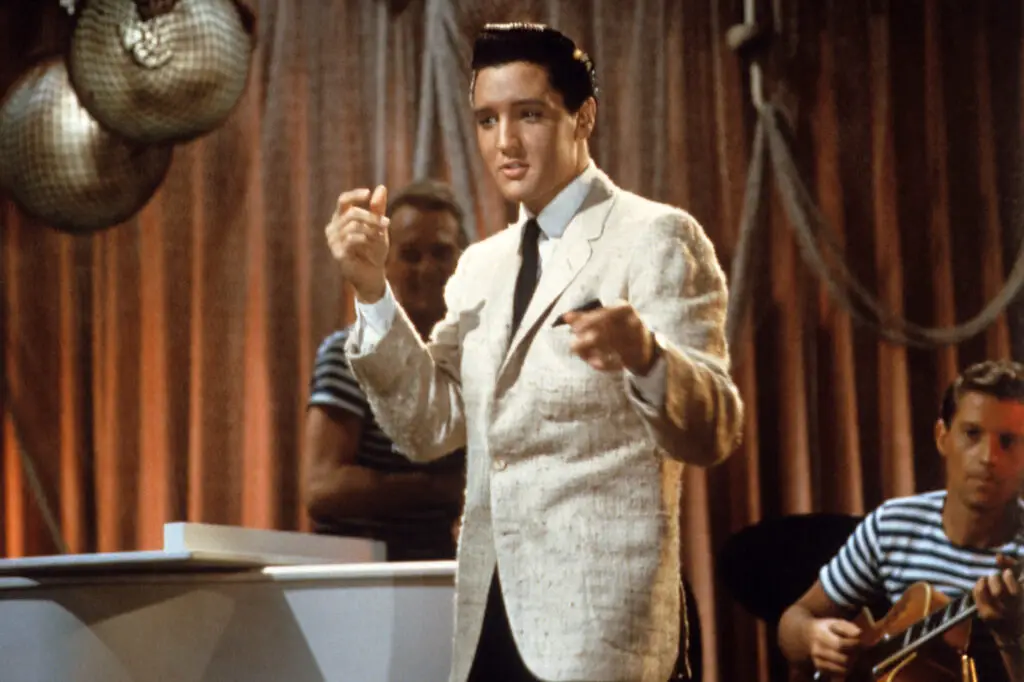
When Elvis first hit the scene, the world had never seen anything like him. He was the full package: looks, voice, moves, and charisma. Americans couldn’t get enough, and neither could anyone else. His records flew off the shelves not just in the U.S., but in Europe, Asia, and beyond.
In the UK, his arrival sparked a teenage frenzy that mirrored what was happening stateside. Countries where English wasn’t even widely spoken still played “Hound Dog” and “Jailhouse Rock” on the radio. He helped kick off rock ’n’ roll as a global movement. And decades later, his influence can still be heard in artists all over the world.
6. Tupperware

Tupperware wasn’t flashy, but it changed kitchens forever—and it didn’t stop at American pantries. Introduced in the late ’40s, it made storing leftovers a breeze. But what really made it special was the Tupperware party. Women gathered in living rooms to sell containers and swap recipes, creating a sisterhood of sorts.
This model spread overseas like wildfire. In Australia, Germany, and Latin America, the parties took on a life of their own. It empowered women in surprising ways, letting them earn money from home while building a community. The product itself was practical, but its impact? Huge.
7. Polaroid Cameras

There was something magical about snapping a photo and watching it develop in your hand. When Polaroid introduced instant cameras in the late ’40s, it felt like a peek into the future. Americans loved them for their simplicity and fun, but the appeal didn’t end there. Soon, people around the world were capturing moments the Polaroid way.
In the ’70s and ’80s, tourists in Europe and Asia carried them like prized possessions. Artists like Andy Warhol helped elevate Polaroid to pop culture status. It wasn’t just about the picture—it was about the experience. Even now, those square prints carry a certain charm that hasn’t faded.
8. The Ford Mustang
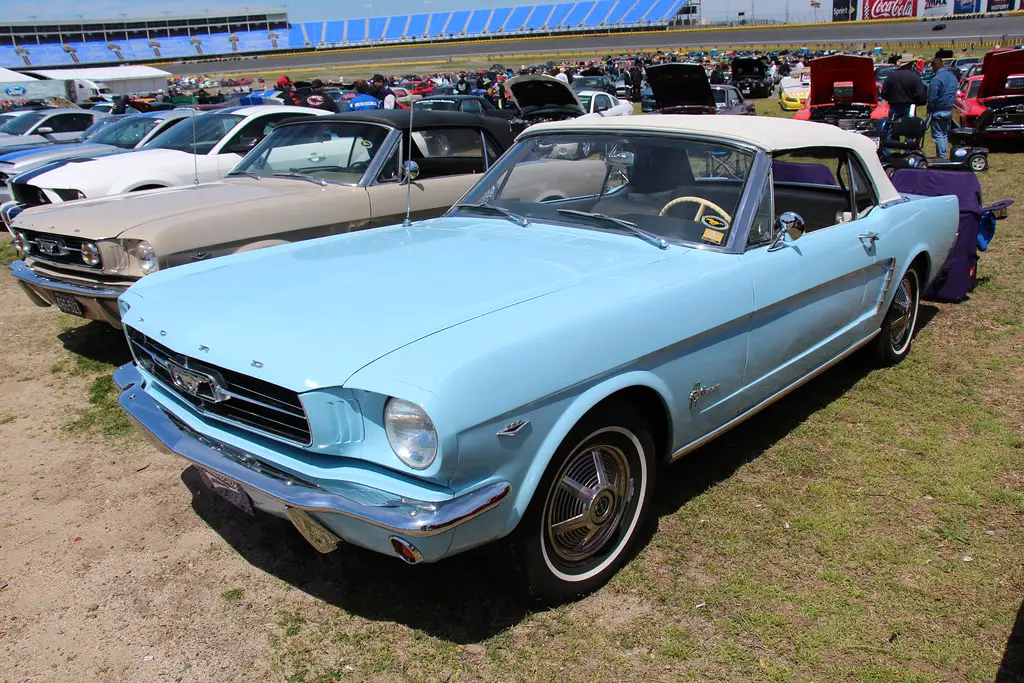
The Mustang hit the streets in 1964 and instantly turned heads. It was fast, affordable, and had a sleek style that screamed freedom. Americans went wild for it, but car lovers overseas were just as captivated. The Mustang became one of the most admired American cars internationally.
It showed up in movies, magazines, and racetracks from Germany to Japan. Importing them wasn’t easy or cheap, but enthusiasts made it happen. Some even formed clubs dedicated to restoring and showing off their Mustangs. It was more than a car—it was a dream on wheels.
9. Hershey’s Chocolate
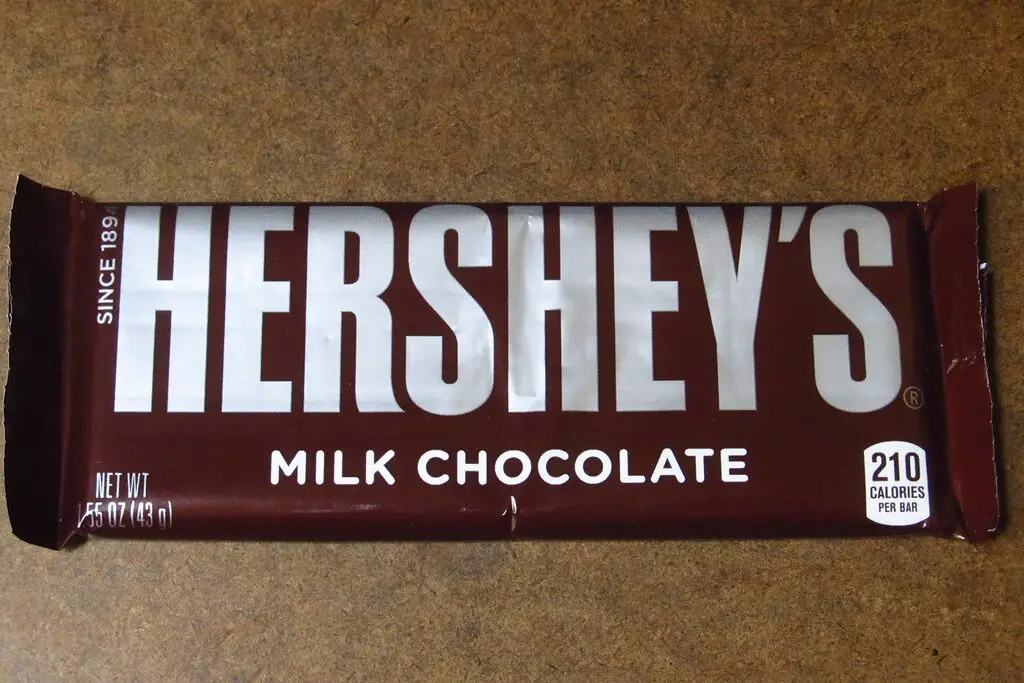
Hershey’s wasn’t the fanciest chocolate, but it was distinctly American. Its slightly tangy flavor was different from European brands, and that’s exactly what made it stand out. Founded in Pennsylvania, Hershey’s was a comfort food in wartime and a treat in peacetime. And it made its way abroad in a big way during WWII.
Soldiers handed it out to kids in Europe and the Pacific, and those small gestures stuck. Even when local chocolates were available, people remembered the taste of Hershey’s. It became a symbol of American kindness for some. For others, it was just plain delicious.
10. Campbell’s Soup
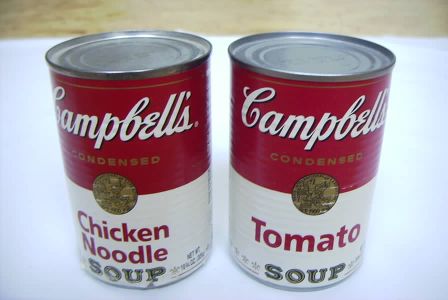
A red-and-white can of Campbell’s Soup is pure Americana. Introduced in the late 1800s, it was convenient, comforting, and cheap. But it wasn’t just for American tables. When Campbell’s started exporting, especially post-WWII, the brand took on a new life.
It popped up in pantries from Canada to South America to the UK. Andy Warhol even turned it into high art, giving it a whole different kind of fame. It wasn’t just about tomato soup—it was about familiarity and nostalgia. People connected with it, even if they’d never grown up with it.
11. Zippo Lighters

Zippo lighters weren’t just reliable—they were practically indestructible. Made in Bradford, Pennsylvania, they became a must-have for soldiers during WWII. Their signature “click” was instantly recognizable. And when soldiers brought them back home—or left them behind overseas—others took notice.
Collectors in Europe and Asia started snapping them up. They became cool accessories for rock stars and bikers. Zippos even became personalized mementos, etched with names or dates. It was one little item with a surprisingly global footprint.
12. Ray-Ban Sunglasses
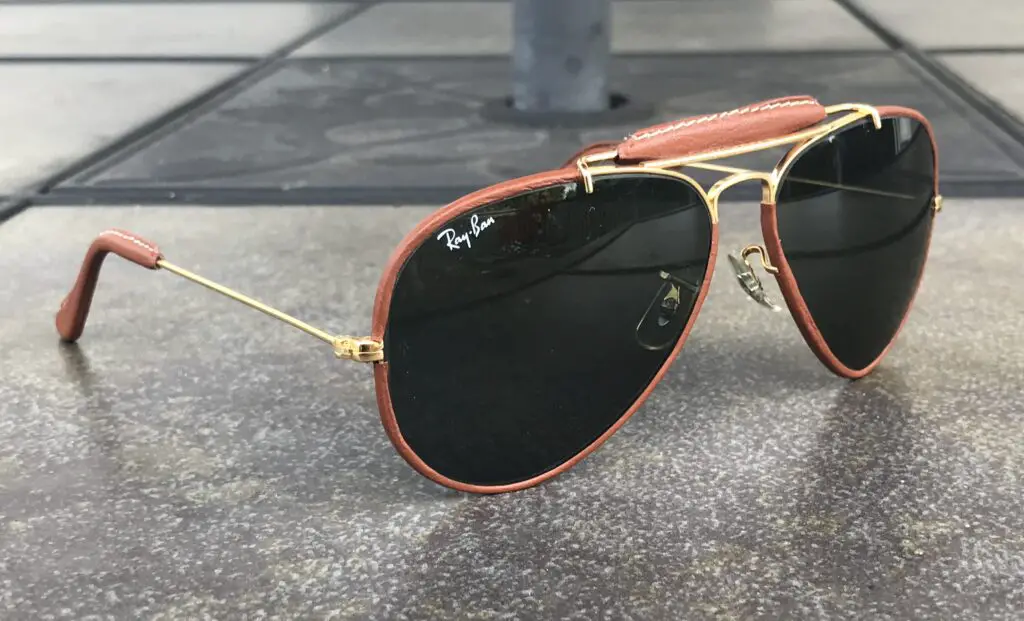
Ray-Bans weren’t just shades—they were attitude. First designed for pilots in the ’30s, they went mainstream when movie stars like James Dean and Audrey Hepburn made them iconic. Americans loved them, but the rest of the world wasn’t far behind. As U.S. films spread, so did the desire for that effortless Ray-Ban style.
They became must-haves in fashion circles from Milan to Tokyo. People saw them as a shortcut to cool. Even today, they hold their own in a crowded market. That’s not bad for a pair of sunglasses born out of necessity.
13. The View-Master
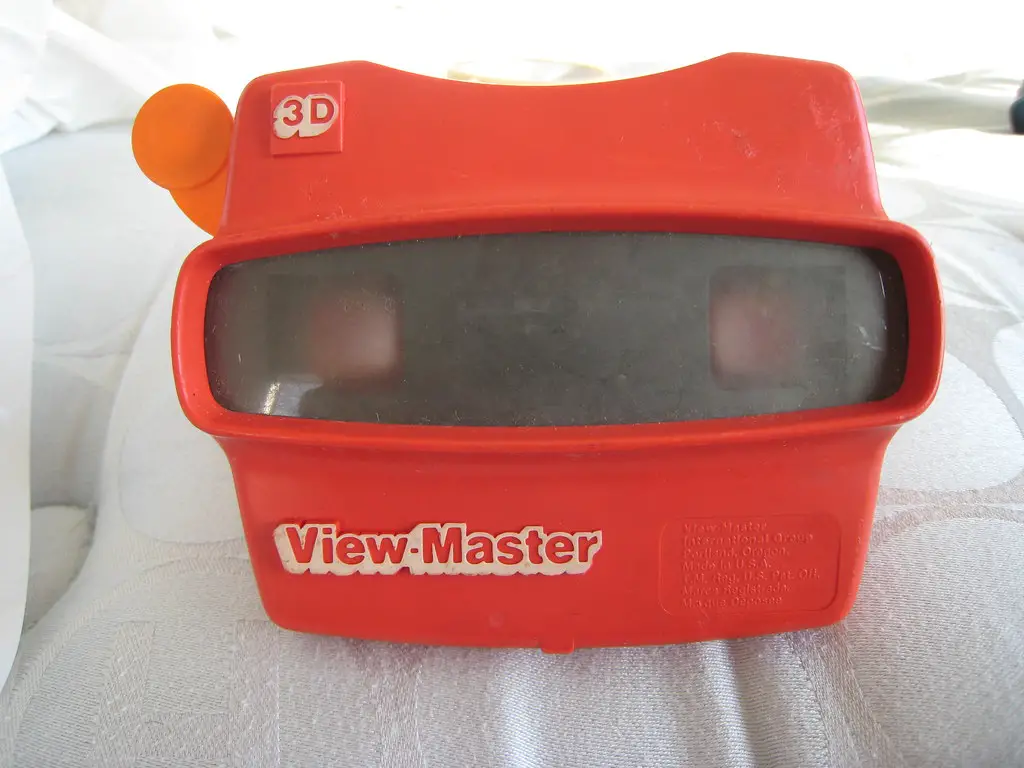
Before the internet, before YouTube, there was the View-Master. Introduced in 1939, it let kids (and adults) peer into tiny reels and be transported around the world. American families loved using them to view tourist attractions, cartoons, and even 3D educational content. But View-Masters didn’t stay in the States for long.
They became popular in Europe and Australia as a way to learn about far-off places. The design was simple, the effect mesmerizing. For many kids, it was their first virtual travel experience. And that sense of wonder translated across borders.
14. Marlboro Cigarettes
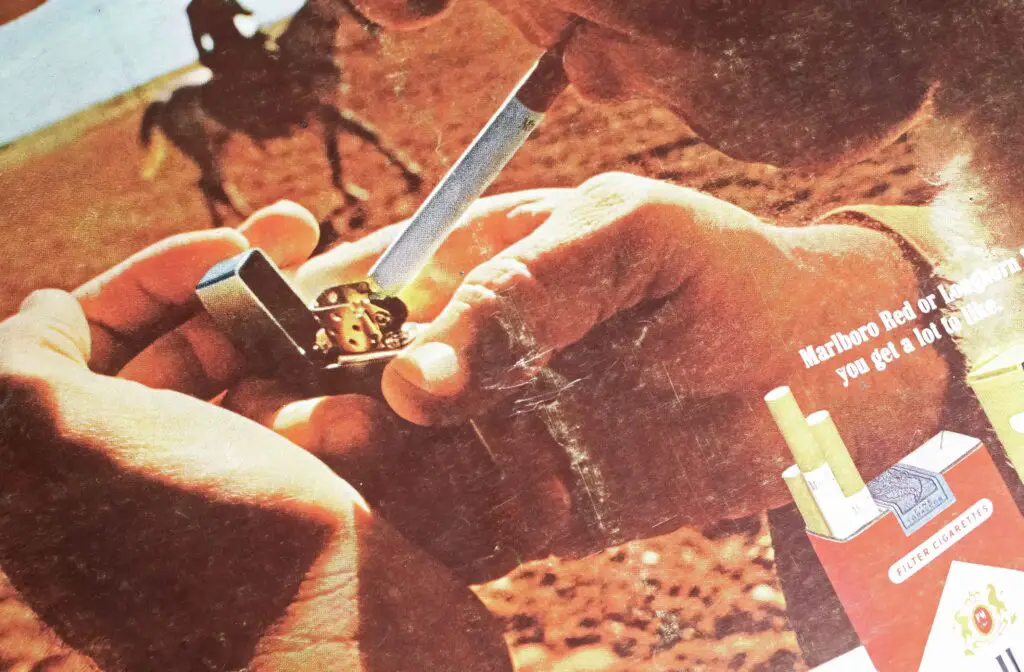
Love them or hate them, Marlboro cigarettes had a global impact. With the rugged cowboy image front and center, the brand sold an ideal as much as a product. In the U.S., it was all about masculinity and freedom. But that marketing worked just as well overseas.
People from all walks of life associated Marlboros with the American West. Even in countries with strict advertising laws, the brand’s imagery persisted. While smoking trends have shifted, the legacy of that red-and-white pack still lingers. It was one of the most successful international branding campaigns ever.
